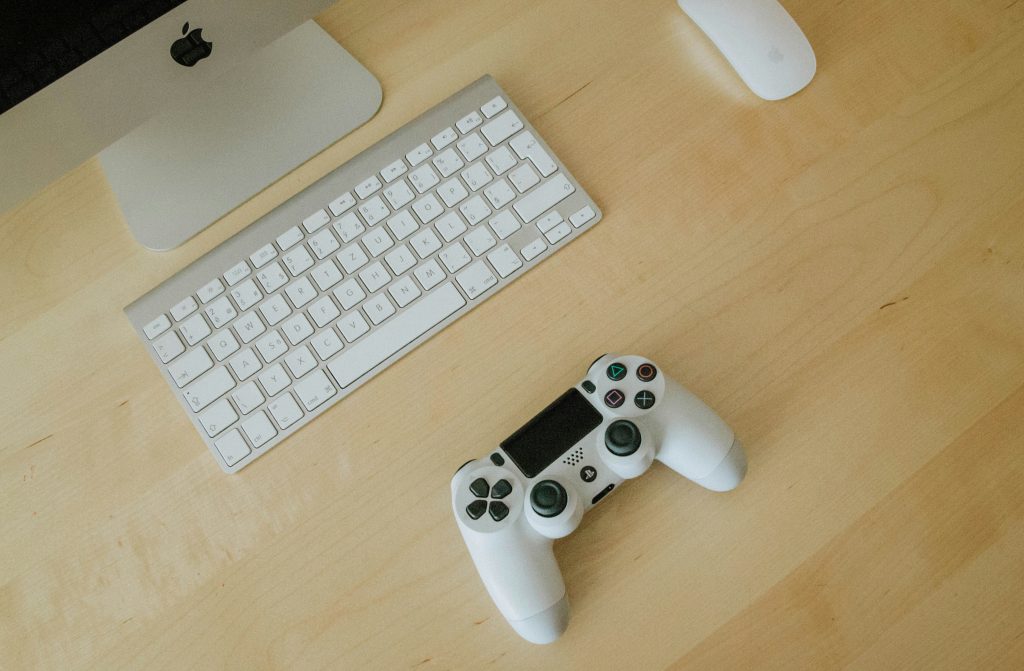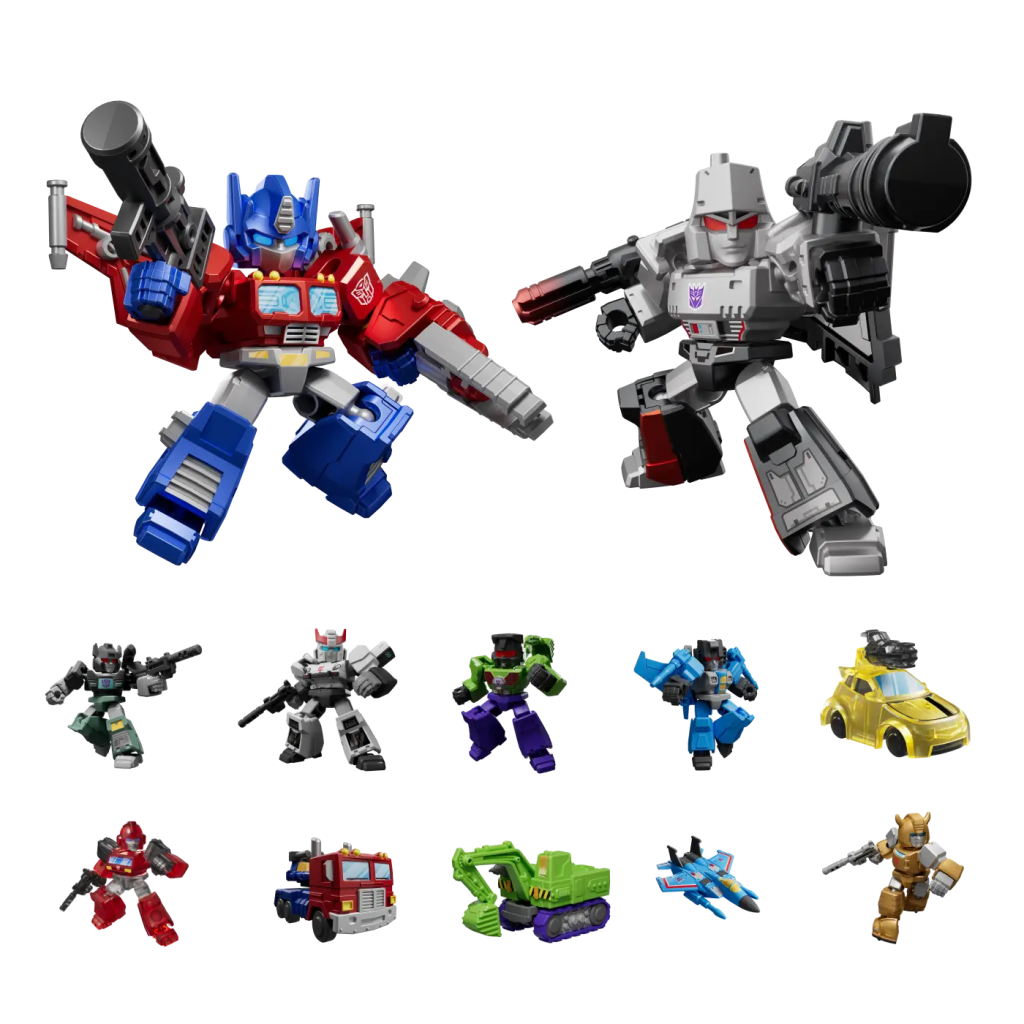There’s a reason some musicians light up more when they’re handed a screwdriver than a new effects pedal. Building your own guitar isn’t just a project—it’s a full-blown experience. Sure, buying something off the rack is convenient, but let’s be honest: putting together a guitar yourself adds a whole new level of connection to the music you’re making. Whether you’re a weekend warrior on stage or someone noodling in the living room, the thrill of the build might be exactly what’s missing from your musical life. Here’s why putting your next guitar together with your own two hands just might be the best idea you haven’t tried yet.
A DIY Guitar Can Be a Travel Companion You Actually Understand
Musicians who tour or play gigs outside their hometown know the stress of hauling gear. It’s one thing to travel with your guitar, and it’s another to understand how every piece of it works. When you’ve built the thing yourself, you don’t panic if something buzzes or shifts out of alignment mid-trip—you’ve already taken it apart and put it back together. Whether you’re stuffing it into a van between amps or carefully loading it into a flight case, your custom-built guitar is more than just familiar. It’s functional in the truest sense of the word. You know its quirks, you know how to fix them, and you’ve already proven that you can. That makes a huge difference when you’re relying on your gear to sound great hundreds of miles from home.
Electric Guitar Kits Are Not Just for Hobbyists—They’re for Players Who Care About Feel
The truth is that electric guitar kits are not cheap knockoffs or halfway projects. These kits let you customize your instrument from the ground up, adjusting weight, neck shape, tonewoods, and pickups to suit your exact taste. For players who don’t want to settle for generic, pre-made options, these kits are a chance to dial in the exact look, sound, and feel you want—without spending boutique-shop money.
And yes, the process takes time and patience, but what you get at the end is something a store-bought guitar can’t match. It’s yours in a way that nothing off the rack could be. From sanding the body to soldering the electronics, you get to know your guitar on a level that makes every note more personal.
You Can Design a Guitar That Fits Your Style—Not Someone Else’s
A lot of guitarists spend years chasing their sound, only to realize they’ve been trying to make someone else’s guitar do something it was never built to do. But when you start from scratch, you’re not locked into someone else’s blueprint. Want a thinner neck? Go for it. Prefer a subtle matte finish over a bold glossy one? Easy. Want your guitar to look like it survived the apocalypse or stepped out of an art gallery? That’s up to you.
This is where building becomes a creative expression. Sure, there’s technical work involved, but the freedom to experiment with hardware, finishes, tones, and materials means you’re designing a guitar that doesn’t just sound like you—it feels like you. Whether you want classic rock tones or a gritty punk bite, your setup reflects what you actually play, not what someone thought you might want.
Building Gives You Patience—and That Carries Over to Your Music
If there’s one trait all great musicians share, it’s patience. You don’t get better overnight, and neither does your build. Guitar kits aren’t for folks looking for instant gratification. There’s sanding. There’s wiring. There’s probably going to be a screw that doesn’t want to cooperate. But the slow pace teaches you something you can’t get from an impulse purchase. It teaches you how to slow down and pay attention.
Oddly enough, that patience shows up in your music too. Whether you’re waiting for lacquer to dry or figuring out why your neck pickup isn’t working, you’re practicing focus. And when you pick up that same guitar weeks later and play it for the first time, you’re doing so with an appreciation that wasn’t there before. You’re not rushing through songs—you’re paying attention to tone, resonance, feel.
You Might Even Discover a New Passion Outside of Playing
Some folks pick up a guitar kit and never stop. What starts as a fun project turns into a full-on side hobby—or even a career shift. Whether it’s experimenting with unique finishes, diving deeper into pickup swaps, or tackling more advanced builds like hollow bodies or baritones, building can become as addictive as playing. And for players who’ve hit a creative rut, switching gears to focus on a hands-on project like this can actually reignite musical inspiration.





















